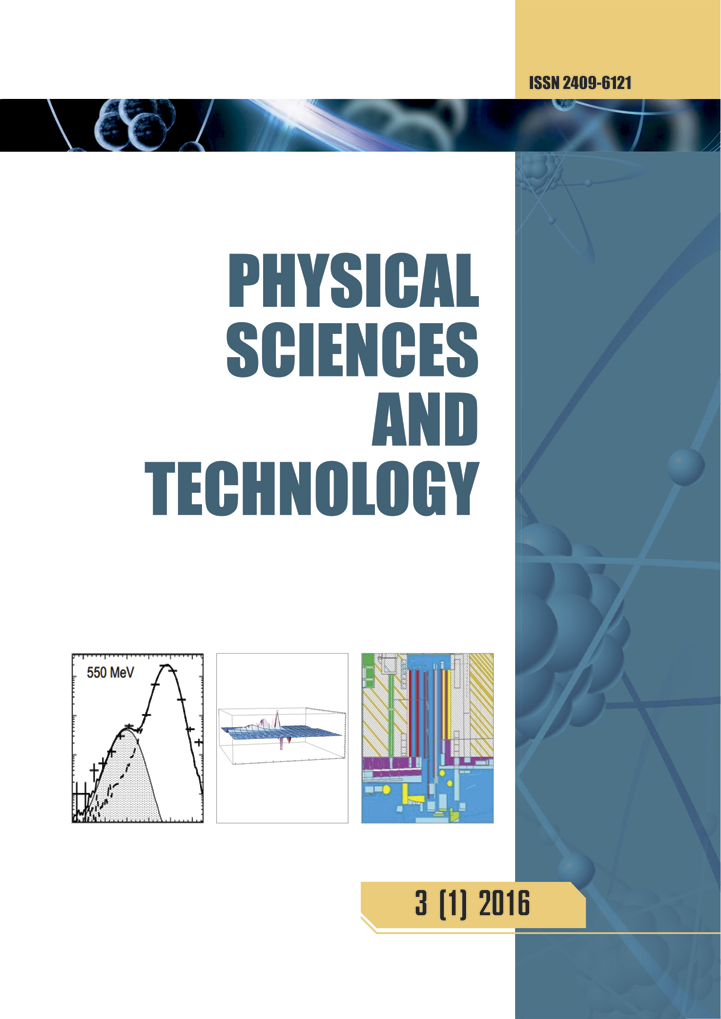In-situ Raman analysis of carbon nanowalls during electrochemical measurement
DOI:
https://doi.org/10.26577/phst20251216Abstract
This study focuses on the synthesis of carbon nanowalls (CNWs) and nitrogen-doped CNWs using the RI-PECVD method and their investigation through in situ Raman spectroscopy during voltammetric cycling and potentiostatic charging under both reduction and oxidation potentials. CNWs were synthesized on Ti/SiO₂/Si substrates. Electrochemical experiments were conducted in a three-electrode cell with CNWs as the working electrode, and analytes such as urea, citric acid, and hydrogen peroxide (H 2 O 2 ) were used to study their effects during in situ Raman measurements. The Raman spectra of CNWs and N-doped CNWs were recorded in a voltage range of -1 V to 1 V (vs. Ag/AgCl), revealing no significant shifts in peak positions but showing an increase in the G to 2D peak ratio at higher voltages, indicating strong electron doping. The cyclic voltammetry results demonstrated that nitrogen doping enhances the reductive current of CNWs, with a clear reduction peak observed at -0.7 V across all analytes. The ID/IG peak ratio of N-doped CNWs increased upon analyte addition, suggesting the introduction of defects and restoration of sp2 domains. Furthermore, the position of the G and 2D peaks shifted significantly in response to different analytes. Sharper fluctuations were observed in N-doped CNWs. These results not only provide valuable insights into the electrochemical properties of CNWs but also highlight their potential for electrochemical sensing applications, offering a promising avenue for future research and development in this field.
Key words: carbon nanowalls, in situ raman, nitrogen doping, electrochemical reduction.




